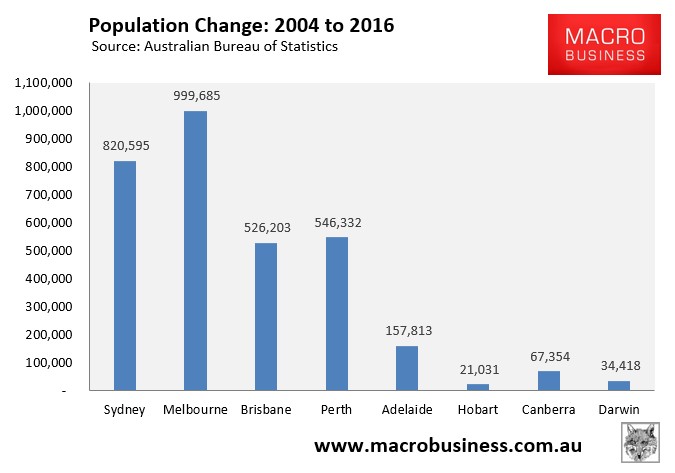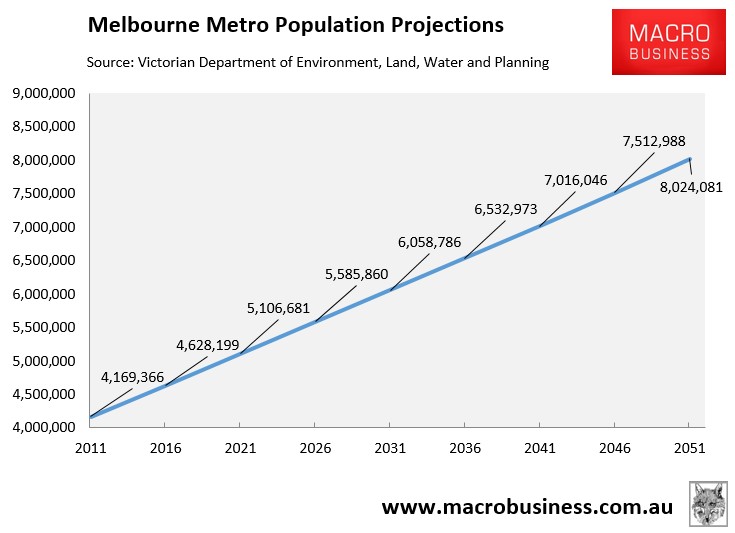Anyone that lives in Melbourne will have experienced the crippling rise in congestion on our transport networks first hand. Morning and evening peak periods now run for hours, traffic is forever thick on the weekends, and the time taken to travel from point A to point B now takes longer than ever.
Now transport experts have warned that Melbourne motorists could spend an extra hour a day commuting to/from work by 2030 if nothing is done to combat road congestion. From the Herald-Sun:
Data from the Bureau of Infrastructure, Transport and Regional Economics shows the average commute time in Melbourne in 2011 was just over 35 minutes — or 7.5 working weeks a year.
Projections by PwC reveal that by 2030, average commute times could increase to 63 minutes under a worst-case scenario — or an extra 56 minutes a day.
PwC Director of Economics and Policy, Rob Tyson, said that would mean people spending almost 13.5 working weeks in the car.
“This implies people could be spending an extra hour in their car every day, which is five hours of lost time per week,” Mr Tyson said.
“That equates to an additional six working weeks spent sitting in their car in traffic every year.
“These are worrying projections as people and businesses are unlikely to accept this time spent commuting.
“It erodes people’s quality of life, it hampers businesses which rely on the city’s transport networks, and could seriously reduce Melbourne’s competitiveness”.
RACV general manager public policy, Brian Negus, said traffic congestion cost the economy $4.6 billion a year with that figure projected to grow to $7.6 billion by 2030.
Infrastructure Victoria says congestion will cost each Victorian $1700 a year by 2030.
Mr Negus said Victorians were increasingly frustrated with the quality of transport in middle and outer Melbourne, where peak-hour speeds on many roads had slowed to about 20-25 km/h.
“This is taking a toll on the quality of life for all Victorians,” Mr Negus said…
You don’t have to be a rocket scientist to work out the key factor behind Melbourne’s traffic chaos: the federal government’s mass immigration program.
It is this mass immigration program that was behind the one million (27%) increase in Melbourne’s population in the 12 years to 2016:

And it is this same mass immigration program that is behind the 97,000 people per year (1,870 people per week) projected population increase in Melbourne over the next 35 years to more than 8 million people – effectively adding 2.5 Adelaide’s to the city’s population over this time period:

To most obvious solution to mitigate this pending traffic disaster is for Victoria’s politicians to demand the federal government slash net overseas migration back to the long-run average of 70,000 people annually, as advocated by the Sustainable Australia party. This would see Australia’s population stablise at around 32 million mid-century, rather than the current projection of around 40 million, in turn reducing the population pressures in Melbourne and Sydney.
As it stands, Melbourne cannot possibly hope to build enough infrastructure to supply a Canberra-worth of new residents every four years. Because this is what Melbournians are facing under Australia’s current mad immigration settings, along with a huge reduction in their living standards as they spend more time stuck in traffic, crush-loaded onto a sardine-packed trains or trams, and are forced to live in smaller and more expensive homes.

